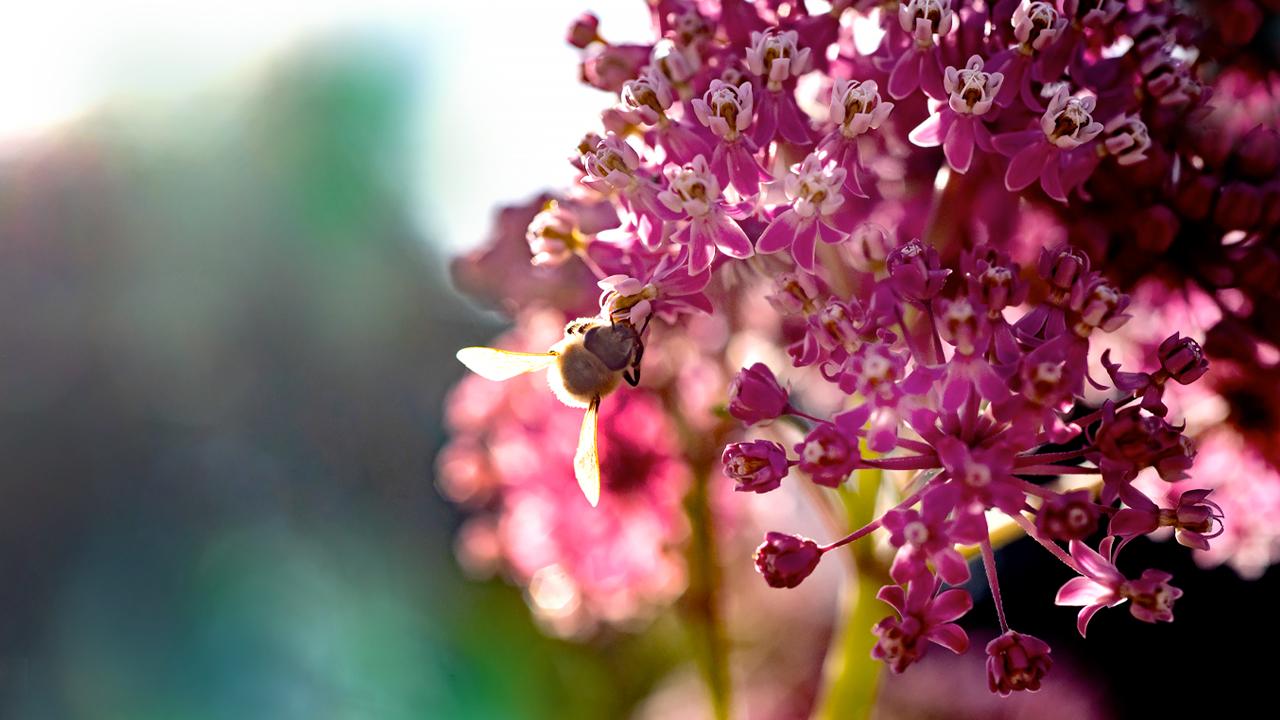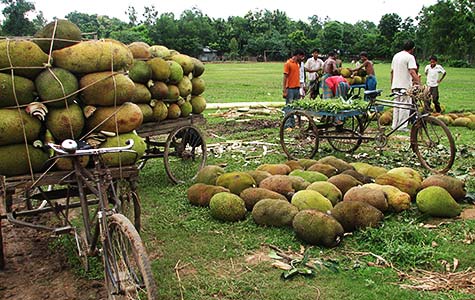
Economic Botany

Breadfruit (Artocarpus altilis) is a traditional staple crop in Oceania that has been introduced throughout the tropics. This project examines important living germplasm collections of breadfruit and its closest wild relatives and aims to 1) characterize genetic diversity, including identification of unknown and duplicate accessions; 2) evaluate genetic structure and hybridization within the breadfruit complex, and 3) compare utility of microsatellite markers to previously reported AFLP and isozyme markers in differentiating among cultivars. Data for 19 microsatellite loci have been collected for 349 individuals (representing 255 accessions) inclduing breadfruit (A. altilis), two wild relatives (A. camansi and A. mariannensis), and putative hybrids (A. altilis x A. mariannensis). Accessions are of mixed ploidy and regional origin, but predominantly from Oceania. Microsatellite loci distinguished 197 unique genotypes sorted into 129 different lineages, but a single genotype accounts for 49 percent of all triploid breadfruit examined. Triploid hybrids and diploid A. altilis exhibited the highest levels of diversity as measured by allele number and gene diversity. Most accessions (75 percent) of unknown origin matched either a known genotype or lineage group in the collection. Putative hybrids all had genetic contributions from A. mariannensis but ranged in the level of genetic contribution from A. altilis. Microsatellite markers were found to be more informative than isozyme markers, and slightly less informative, with regard to accession discrimination, than AFLP markers. The microsatellite markers will be valuable for breadfruit germplasm management and conservation (Zerega and outside collaborators).

